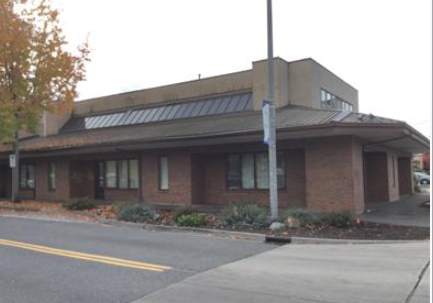In the 1950’s we started the interstate highway system which in turn lead to the growth of suburban real estate and the advent of the first “Mall” in the United States at Northgate. It was a series of buildings connected in the outdoors and nothing like our regional malls of today. This is all changing. Amazon has initiated a discussion with Simon Properties (one of the largest mall operators in the US) to use former spaced occupied by anchor tenants (think Macy’s or J C Penny) as distribution centers. Why, because that is where folks live.
Commercial real estate retail centers in your neighborhood were anchored by a grocery store. Now online grocery business in the first quarter of this year has grown by 74% for Walmart, 92% for Kroger and 276% for Albertsons. A traditional shopping center was centered around an “anchor”, be it department store or grocer and the anchor commanded a low rent as the main attraction. The developer made his money per square foot on the small shop. No more. With more than 50% of all employment in business according to the US Chamber of Commerce being “small” businesses the dynamics are potentially shocking.
The test case for this trend started with the 2008-2009 downturn. The impact on the restaurant business saw a drop of 4% across the board with shifting to home cooking. The projection to the restaurant industry today is a potential hit of over $10 Billion courtesy of Covid. By the same token, “convenience” businesses, which Seattle Commercial Real Estate defines for this analysis as convenience stores, restaurants with drive through windows and other ease of access businesses are alive and well. Small business is the backbone of commercial real estate and the rest of the impact is still to be writ.




